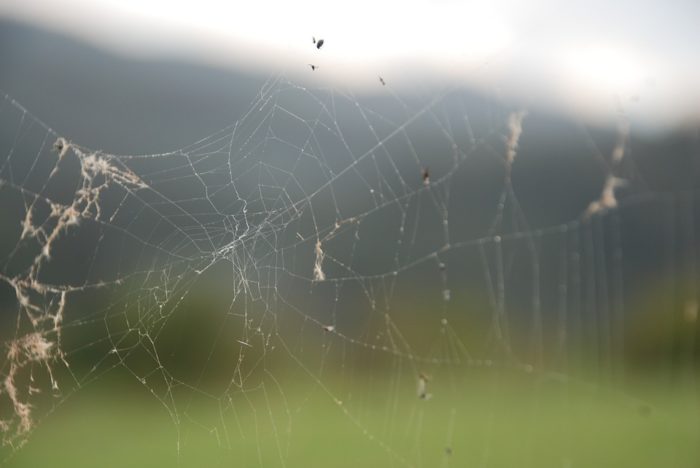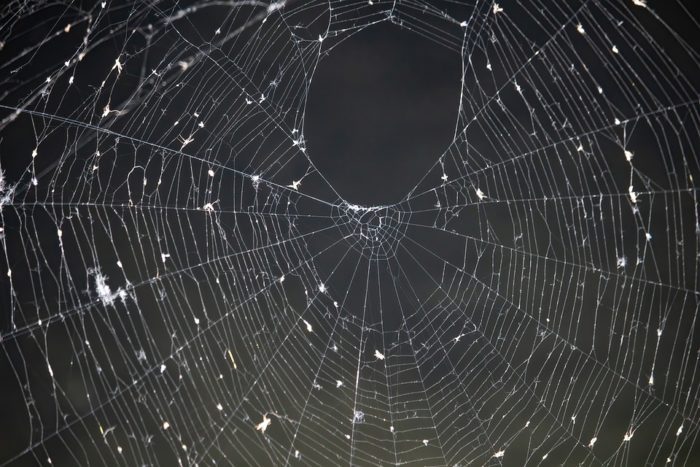Ever wonder why your plants suddenly turn yellow or gray? This can be a strange occurrence, but it is worse than we could ever expect. To tell you the truth, it can be a spider mite infestation!
We don’t want this to happen right under our noses. And, we are here to help you detect those early signs as much as we can!
This article will let you in on some early signs that spider mites infest your plants or crops. You’ll likely learn why and how these pests go unnoticed!
Important Note: If you're tired of pests and want a reliable solution, then you should definitely consider seeking help from a professional pest control company. DIY solutions can be effective, but if you're dealing with a significant pest infestation, you don't want to rely solely on DIY methods. Pest control companies typically don't charge huge fees. You can fill out this form to receive free quotes from the top local pest control companies, and compare the quotes and see for yourself. Then, finally, your pest problems will be eliminated for good.
Let us check some of these signs. We got you covered on this one!
What are Spider Mites?
Let us just put it out right there: spider mites are not insects. These are microscopic arthropods related to ticks and spiders.

With some careful observation, you can spot the difference between spiders and spider mites, but eventually, you do want to get rid of both of them!
Due to their small size, spider mites appear invisible to the naked eye. And, this makes it harder for people to detect their presence.
Spider mites are given the name characteristic of their abilities to spin protective silk webs. Just like how spiders weave nests and webs, spider mites have the same set of silk-weaving skills.
With more than 1000 species, spider mites often cause catastrophic crop loss or damage to many plants and flowers.
Spider mites attack a wide range of horticultural and crops. In this sense, they cause severe damage without being detected at first because of their microscopic size.
As other people say, small but terrible! These species are not picky eaters.
Appearance
Spider mites are very tiny and microscopic. Adult females are only 0.3 -0.5 mm long, while adult males are much smaller than female spider mites.
Their colors range from red, brown, or yellow, which can be seen using a magnifying lens.
Unlike insects, spider mites have eight legs and one body. They lack wings, antennae, and compound eyes.
Their advantage lies in their size and sap-sucking mouthparts that leave host plants wilted and damaged. Some of these mites that damage plants are spider mites, false spider mites, and rust or gall mites.
Early Signs of Spider Mites
So, what are the signs that there is a presence of spider mites in our plants and crops? How can we tell if a plant is infested with spider mites?
We need to address some essential questions about spider mite’s infestation. Let us check some of these blatant signs.
As we have mentioned before, spider mites have needle-sucking mouthparts that feed off on leaves of plants and crops.
One way to tell if spider mites are present in your plants is the change of colors in your plants. Feeding causes yellow spots on the leaves, and foliage has a yellow or bronze appearance.
Host plants or crops are left with a ‘sandblasted’ appearance. Untreated plants also turn into grayish colors and wilt or die after that.
As spider mites suck the life out of these plants, their color loses its vigor and natural appearance.
By then, you would already know from the change of colors in your plants that spider mites are happily infesting on it.
As they are microscopic, spider mites often go unnoticed by many people, and they are left feasting on a variety of plants and crops.
One way to also tell if spider mites are infesting your plants is to shake some plant leaves on a white piece of paper.
Most of them will fall off those leaves, and you can already tell their presence. Spider mites are about the size of a period at the end of every sentence.
Their size is their strength, and we need to be keen and wary of watching out for spider mite’s infestation.
Pest Control Management
As spider mites are invisible to the naked eye, this calls for a timely inspection of susceptible plants and crops to further prevent severe damage from these creatures.
Often, they re-infest the same plants every year. This is why it is essential to regularly check plants and crops in your areas, as spider mites will likely return for a comeback.
One of the compelling ways to control these pests is to regularly check the underside of the leaves of new and old plants alike.
Be on the lookout for yellow or distorted leaves as it suggests spider mite’s infestation. If you have observed one plant changing into a grayish or yellowed color, immediately opt for homemade or insecticide solutions.
For worst-case scenarios, you can use petroleum oil, potassium soap, or insecticides.
Another thing to remember is that plants infested with spider mites should be quarantined away from other plants.
This prevents further growth of infestation and the spread of severe damage caused by these pests.

Final Thoughts
Spider mites are nuisance pests. And, they even are dangerous because of their microscopic size. Well, we should be prepared to expect the worst from these pests.
We’re in the same boat on this matter.
We hope that you have some ideas gained from this article. Most of the early signs of spider mite infestation occur right under our noses!
We just need to have a sharp eye in detecting those signs. And, we just know you’ll be able to do that!
Thanks for reading!
